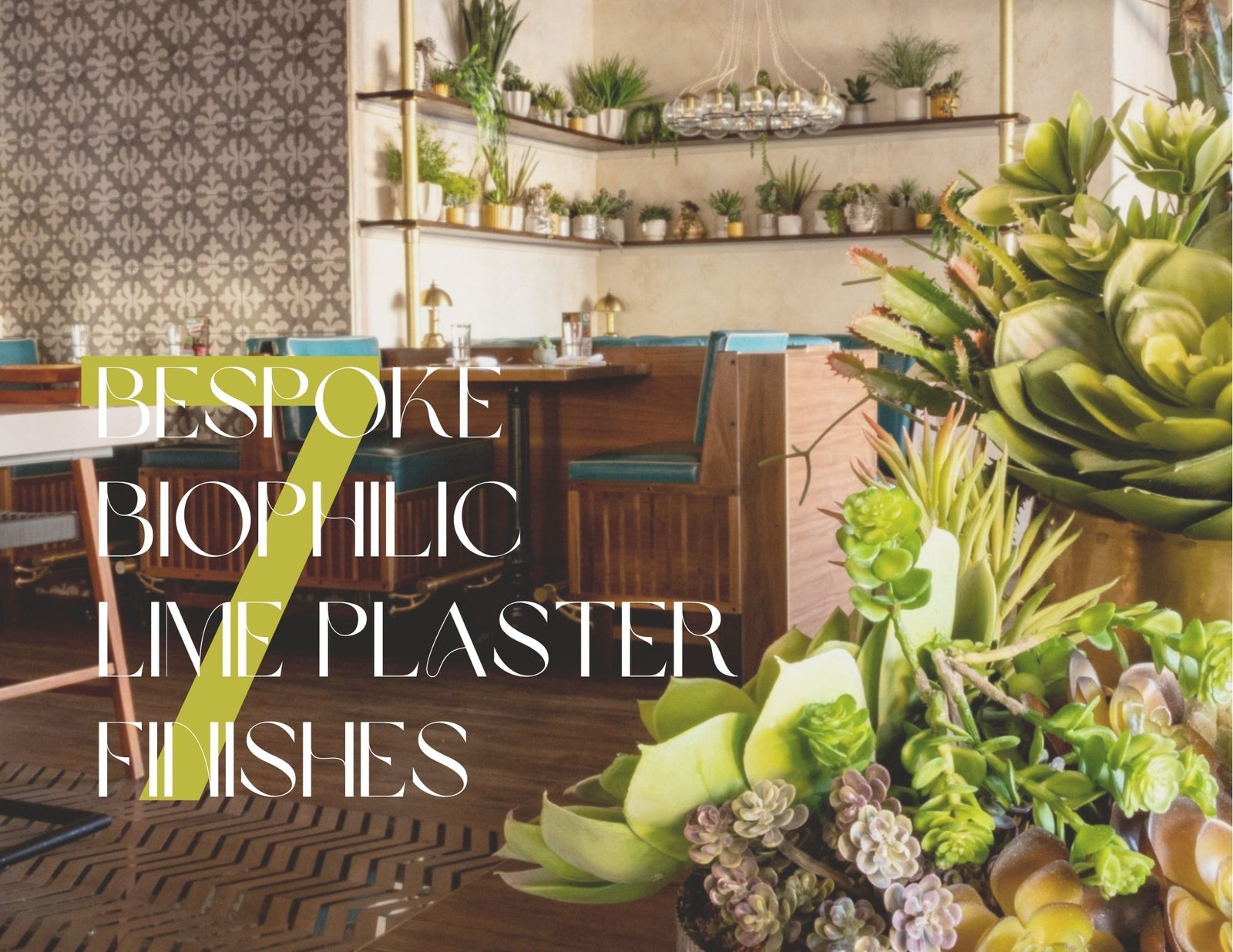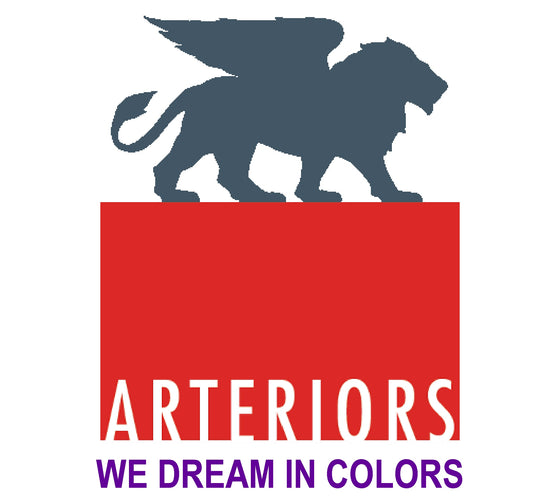7 Bespoke Lime Plaster Finishes for Biophilic Interior Design

Redefining Interior Luxury With Lime Plaster Finishes For Biophilic Interior Design:
In today’s design world, the pursuit of wellness, sustainability, and organic richness has placed biophilic interior design at the heart of contemporary spaces. As we return to materials that reflect the rhythms of the earth, lime plaster finishes—handcrafted, breathable, and evocative—offer more than surface beauty. They become grounding tactile experiences.
From hospitality sanctuaries to residential retreats, these artisanal wall treatments are redefining interior luxury. Below, we explore seven timeless lime-based finishes that embody nature’s elegance while enriching modern environments.

1. Roman Clay: The Hand of Time
Soft, velvety, and whispering of antiquity, Roman Clay is a return to the artistry of hand-troweled, earth-derived finishes. Roman Clay is a lime plaster product from Portola Paints. Composed of natural ingredients, Roman Clay celebrates movement—subtle variations that reflect the imperfections of nature. The finish is very matte with quiet variations in monochromatic shades. As a Biophilic medium, it nurtures an atmosphere of warmth and authenticity, bringing a sense of sanctuary to interior spaces.

2. Tadelakt: The Whisper of Ancient Waters
Tadelakt, with its smooth, undulating surface and textural luxury, carries the soul of Moroccan craftsmanship. A lime-based plaster polished with stone and sealed with olive soap, it evokes the softness of river-worn stone—cool to the touch yet rich with organic warmth. Tadelakt’s water-resistant nature makes it an elemental choice for baths, spas, and wellness centers. In Biophilic Design, Tadelakt is an invitation to the tactile—nature’s embrace sculpted in lime, reminding us of the interplay between earth, water, and human touch.

3. Limewash: A Breath of Stone and Sky
Limewash is the patina of time—an ethereal veil of slaked lime and mineral and plant-base pigments that sinks into walls rather than resting upon them. Lime wash is never shiny, and over time its soft, chalky finish will reveal a gently eroded, timeworn facade, lending interiors a sense of history. Limewash captures the poetry of Biophilic Design by offering depth without heaviness, movement without excess. Like the dappled light of an overcast sky, it shifts with nature’s ingredients and the painter’s hand.

4.Veneziano Burnished Plaster: Liquid Marble, Luminous Sheen
A dance of depth and reflection, Veneziano plaster is an amalgam of lime plaster fine marble dust and mineral pigments, burnished to a soft glow. It recalls the timeless elegance of classical frescoes and the incandescent quality of polished stone. Thinly troweled layers create a surface that shifts with the light and the movement of subtly different shades. As a Biophilic element, it mirrors nature’s luminous quality of water—ever-changing, inviting the eye to wander over its silken sheen.

5. Marmorino: Organic Elegance
This handcrafted plaster finish, born of ancient Venetian building traditions, invites the tactile beauty of limestone and marble dust into contemporary interiors, softening the boundary between the built environment and the natural world. Marmorino’s porous surface and subtle variations in tone and texture capture the irregularities found in weathered stone. Rooted in the philosophy of Biophilic Interior Design, this finish transcends mere aesthetics, fostering a connection to the earth. The mineral-rich plaster prevents any form of mold, as it adorns the walls—an elemental presence that both calms and revitalizes. Marmorino plaster embodies the luxury of nature brought indoors, creating a sanctuary where earthy textures and light converge.

6. American Clay: A Harmony of Earth and Light
Crafted from natural earthen clay, sand, mineral and plant base pigments, American Clay embodies the soul of Biophilic Design. Its velvety touch, earthy aesthetic and organic movement transform walls into living, breathing elements of the home. American Clay invites the essence of nature indoors—absorbing light with a soft, diffused glow, regulating humidity for a healthier living environment, and offering a tactile richness that draws the hand as much as the eye. Each wall is a canvas of nuance, echoing the elements of our natural world, contributing to a sense of calm and grounding.

7. Sandstone/Cement Plaster: The Earth’s Embrace
Raw and textural, Sandstone plaster draws from the beauty of earth and stone. This lime plaster based finish is combined with mineral-rich pigments and sand of varying grit, conjuring the serenity of desert landscapes, ancient cliffs, and in more urban interiors, the grittiness of concrete walls. Its surface, kissed by nature’s imperfections, softens modern interiors with its earthen hues and honest tactility. Within Biophilic Design, Sandstone plaster is an anchor, a reminder of our connection to the land, grounding us in the present moment.
Conclusion: A Tactile Renaissance in Interior Design
As we look ahead to 2025 and beyond, the interior design landscape is being reshaped by a yearning for authenticity, wellbeing, and environmental consciousness. These seven lime plaster finishes answer that call—not just as decorative materials, but as living surfaces that reflect the raw beauty of the natural world.
From the ancient luster of Tadelakt to the velvet quality of Roman Clay, each finish resonates with today’s biophilic ethos. In an age dominated by digital saturation and fast design, the revival of handcrafted wall artistry brings a new layer of luxury—one rooted in slowness, craftsmanship, and connection to the earth.
This is more than a trend. It is a return to origins, where walls breathe, evolve, and exude a natural beauty.



